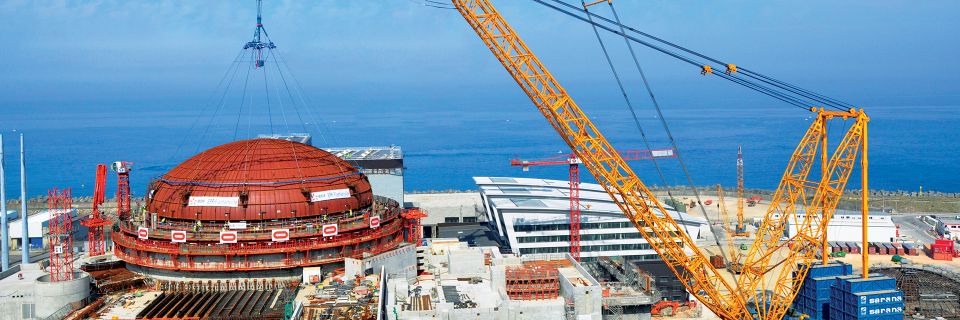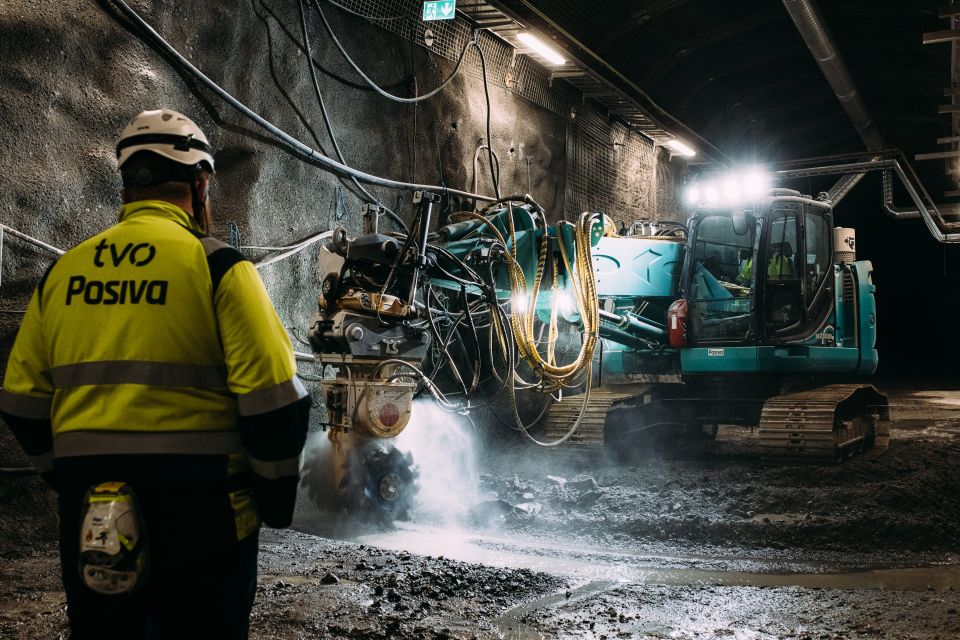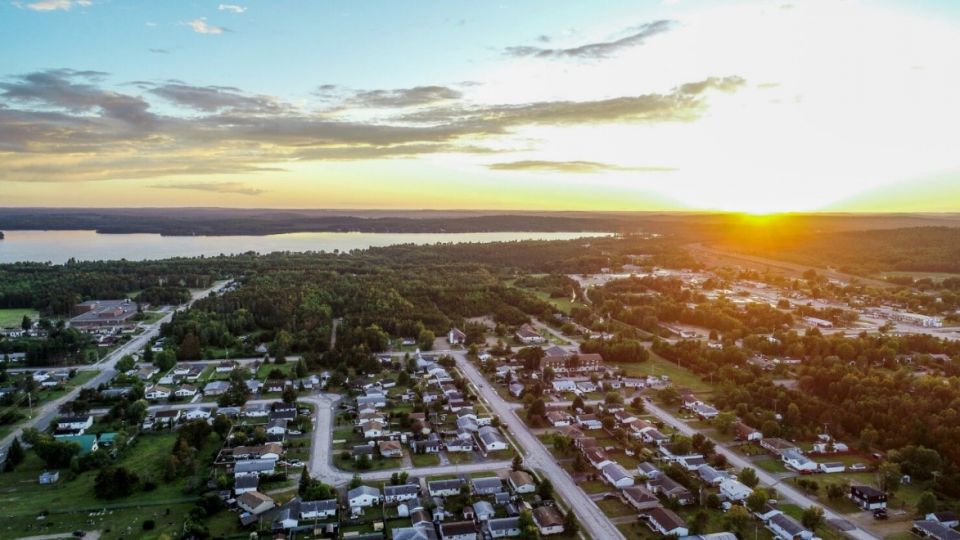The first of five milestones the DOE uses for managing projects, CD-0 recognizes the fundamental need for the project, even if a specific facility or technology has yet to be chosen. With CD-0 approval, DOE teams can begin work on research and development, conceptual design, management plans, and cost and schedule estimates.
“This is a good-news story and is a positive tangible step forward in our strategic vision,” Murray said. To meet its obligations for managing domestic SNF under the Nuclear Waste Policy Act, the DOE has initiated a consent-based process for siting one or more interim storage facilities.
Authorization from Congress is required before the DOE can begin construction of an interim storage facility for commercial SNF.
Consent-based siting: Murray said that the storage facility design and the consent-based siting process are “intimately linked.”
In April 2023, the DOE released an outline of its consent-based siting process, an update to its 2017 draft document, which provides a road map for the DOE to engage with communities that may express interest in hosting an interim storage facility.
Under the first phase of its plan, currently being implemented, the DOE is building capacity through outreach and engagement. In June 2023, the DOE made available $26 million in funding for groups of university, nonprofit, and private-sector partners to work with communities interested in learning more about hosting a storage facility. The American Nuclear Society received $2 million of the funding to lead a team of universities exploring community engagement on spent fuel storage.
Subsequent phases of the DOE’s plan will begin with the screening of communities interested in considering being a host site, followed by site assessments, selection, and negotiations.
Next steps: According to Murray, the DOE will begin an analysis of considered alternatives for the design of interim storage facilities under CD-1, the next project milestone. During that phase, the DOE will seek public input on the designs.
While the DOE has yet to receive congressional approval for a consolidated interim storage facility, the department is able to pursue a range of activities under existing authority and consistent with congressional direction and funding. This includes working with the public and potentially interested communities on the consent-based siting process and working to identify an interim storage site.







